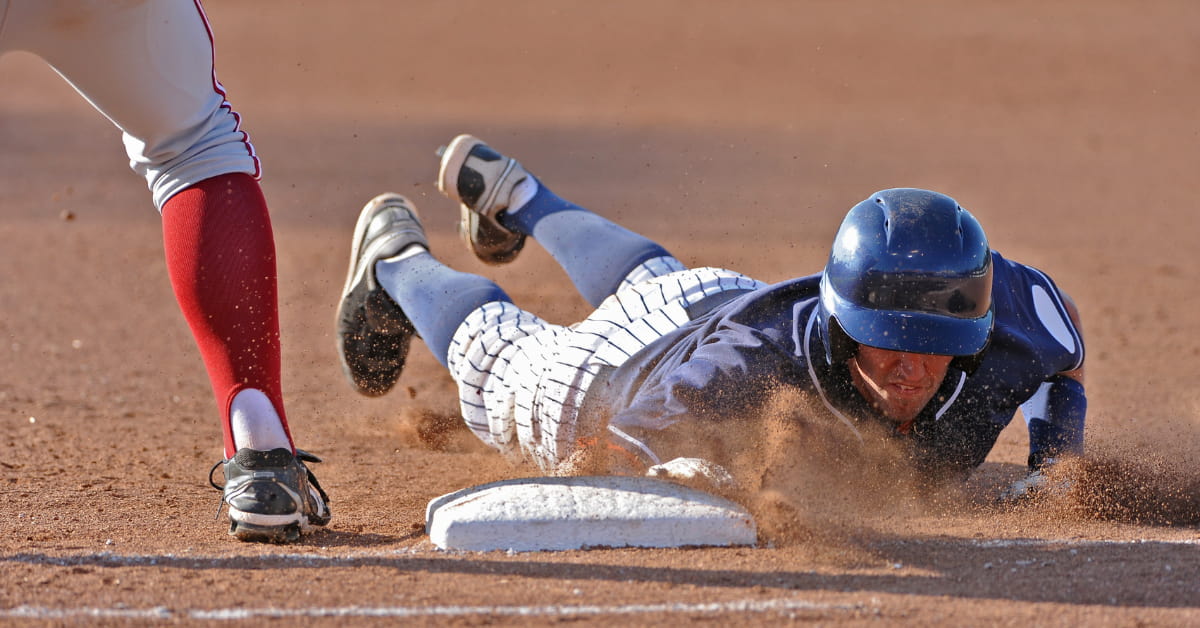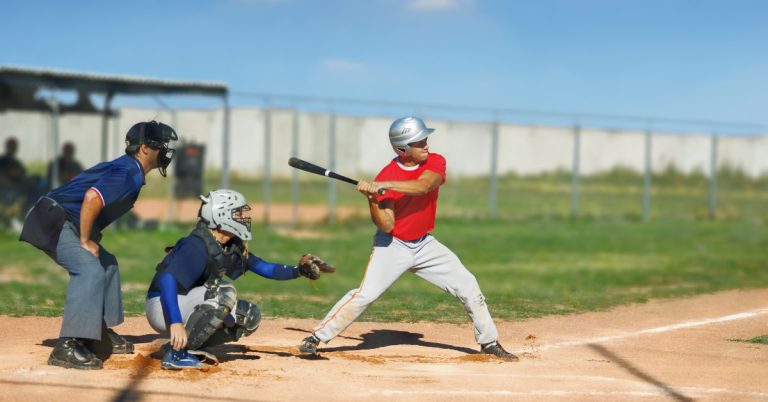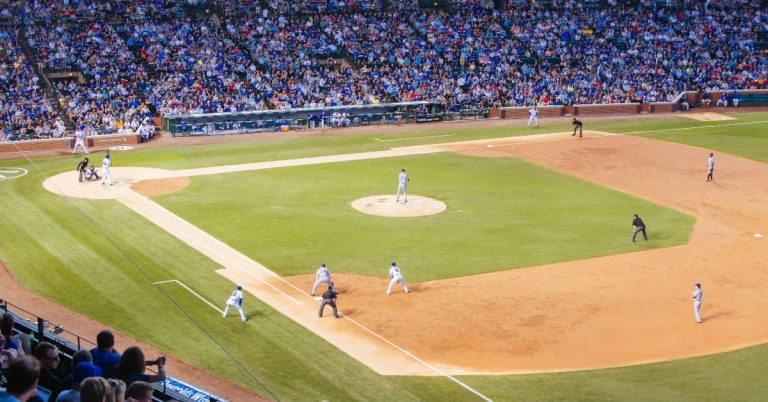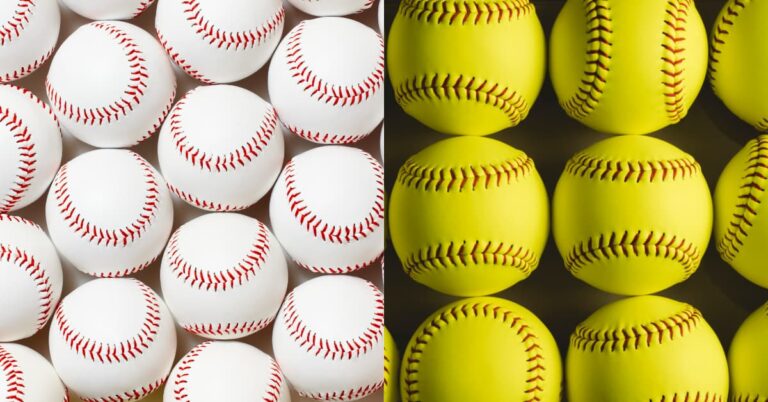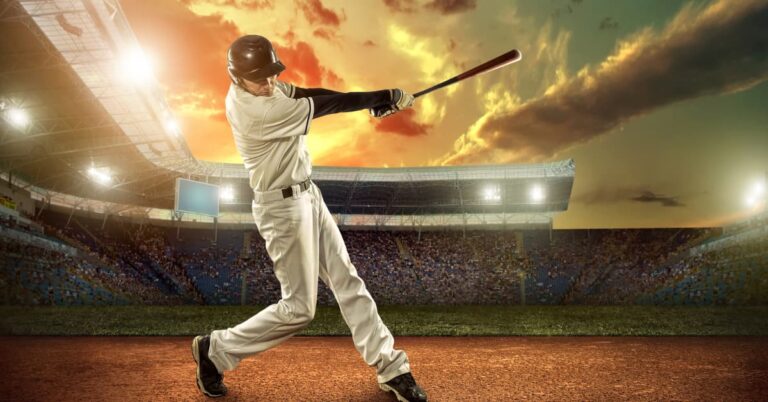How to Prevent Baseball Injuries?
Tips for Preventing Baseball Injuries:
Baseball is a dynamic sport that requires skill, coordination, and physical prowess. However, like any athletic endeavor, injuries can occur. From sprains and strains to more serious fractures and concussions, baseball players are not exempt from the risk of injury. Fortunately, by taking preventive measures and practicing smart techniques, players can significantly reduce the likelihood of getting hurt. In this article, we will explore practical tips on how to prevent baseball injuries and keep players in top form throughout the season.
Warm-Up and Stretching
Proper warm-up exercises are essential to prepare the body for the demands of baseball. Before practices and games, players should engage in a thorough warm-up routine that includes jogging, dynamic stretching, and light tossing. Warming up increases blood flow to the muscles, improves flexibility, and helps prevent strains and sprains.
Stretching is crucial for maintaining flexibility and reducing muscle tightness. Focus on stretching the major muscle groups involved in baseball, such as the shoulders, hips, hamstrings, and calves. Hold each stretch for 15-30 seconds without bouncing, and remember to breathe deeply throughout. Incorporating regular stretching into a player’s routine can enhance performance and reduce the risk of injuries.
Proper Technique and Training
Learning and implementing proper techniques is key to preventing injuries in baseball. Coaches should emphasize correct throwing, hitting, and fielding techniques to ensure players maintain good form and minimize unnecessary strain on their bodies.
In addition to technique, conditioning, and strength training are vital for injury prevention. Baseball players should engage in a well-rounded training program that includes cardiovascular exercises, strength training, and core stability work. Building overall strength and endurance helps players withstand the physical demands of the game and reduces the risk of injury.
Use Protective Equipment
Baseball players should never underestimate the importance of protective equipment. Wearing the appropriate gear can significantly reduce the risk of injury in certain situations. Here are some key pieces of protective equipment to consider:
1. Helmets
Helmets are crucial for protecting against head injuries, particularly when batting and playing as a catcher. Choose helmets that meet safety standards and ensure a proper fit.
2. Shin Guards
These are essential for catchers, providing protection against foul balls and sliding players. Look for shin guards that offer proper coverage and a comfortable fit.
3. Protective Cups
Male players, especially catchers, and infielders, should wear protective cups to guard against potential impact injuries.
Hydration and Rest
Proper hydration is vital for maintaining performance and preventing injuries. Dehydration can lead to muscle cramps and fatigue, increasing the risk of accidents on the field. Players should drink plenty of water before, during, and after practices and games to stay properly hydrated.
Additionally, allowing the body to rest and recover is crucial in preventing overuse injuries. Encourage players to listen to their bodies and take breaks when needed. Adequate rest helps prevent fatigue-related injuries and allows for proper muscle recovery.
Field Safety and Maintenance
Maintaining a safe playing environment is crucial for injury prevention. Coaches and field managers should regularly inspect the playing surface, ensuring it is free from hazards such as holes, rocks, and debris. Additionally, bases should be anchored securely to prevent sliding-related accidents.
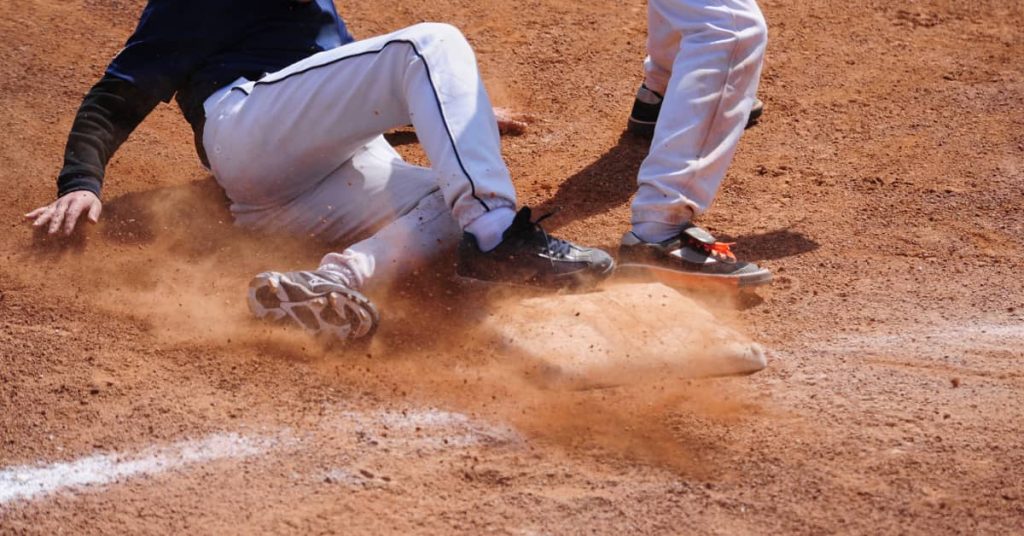
The Significance of Helmets in Baseball:
Helmets play a critical role in protecting baseball players from potentially severe head injuries. As the game involves high-speed pitches, swinging bats, and sliding players, the risk of head trauma is ever-present. To ensure player safety, it is essential to understand the importance of helmets and how to utilize them effectively. In this comprehensive guide, we will explore the significance of helmets in baseball, discuss key features to consider when choosing a helmet, provide guidelines for proper helmet usage, and emphasize the importance of helmet maintenance.
Head injuries can have serious consequences for athletes, both in the short and long term. Concussions, skull fractures, and other head traumas can lead to cognitive impairments, chronic headaches, and even life-threatening conditions. Helmets serve as a crucial line of defense against such injuries, absorbing impact and minimizing the risk of severe head trauma.
Choosing the Right Helmet:
Selecting the appropriate helmet is vital for ensuring optimal protection. These are some factors you must consider for choosing the right helmet:
1. Safety Standards
Look for helmets that meet safety standards established by reputable organizations, such as the National Operating Committee on Standards for Athletic Equipment (NOCSAE). These standards ensure that helmets undergo rigorous testing for impact resistance and performance.
2. Proper Fit
A well-fitting helmet is essential for maximum protection. Ensure that the helmet snugly fits the player’s head without being too tight or too loose. It should cover the forehead, temples, and the back of the head, while the earflaps should adequately protect the ears.
3. Adjustability
Look for helmets with adjustable straps or padding to customize the fit based on individual head sizes and shapes. A secure and comfortable fit reduces the risk of the helmet shifting during play.
4. Ventilation
Helmets with adequate ventilation help keep players cool and comfortable during games and practices. Look for helmets that incorporate vents or mesh panels for improved airflow without compromising safety.
Conclusion
By following these preventive measures, baseball players can significantly reduce the risk of injuries and enjoy a safe and successful season. Remember to warm up and stretch before practices and games, focus on proper technique and training, utilize protective equipment, stay hydrated, and prioritize rest and recovery. With a combination of smart practices and a commitment to safety, players can maximize their performance and minimize the chances of getting sidelined by injuries. Play smart, play safe, and

